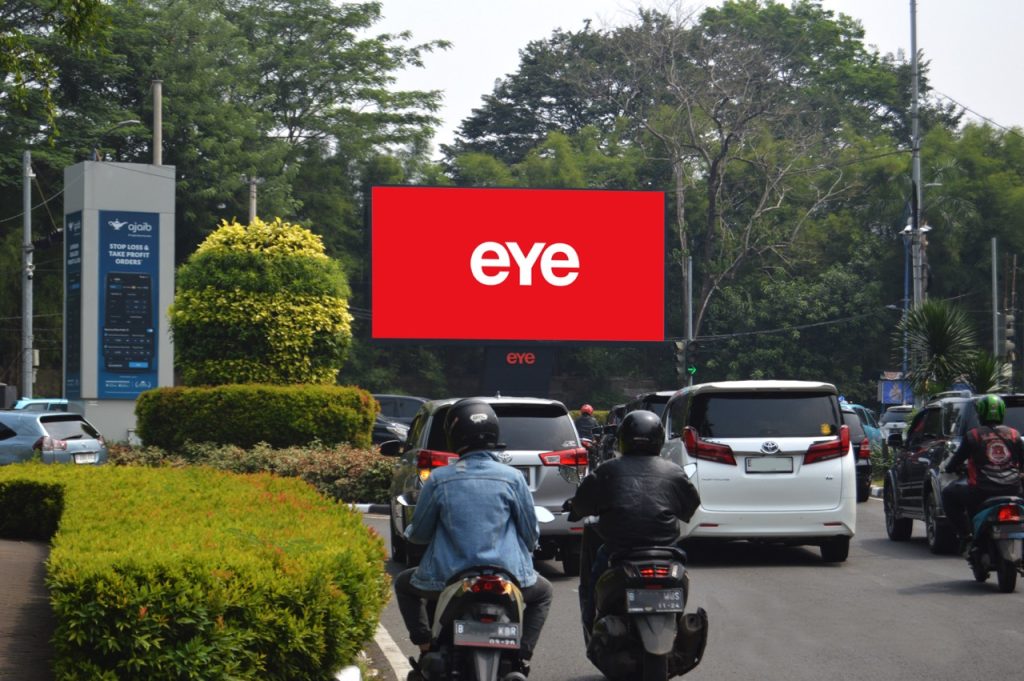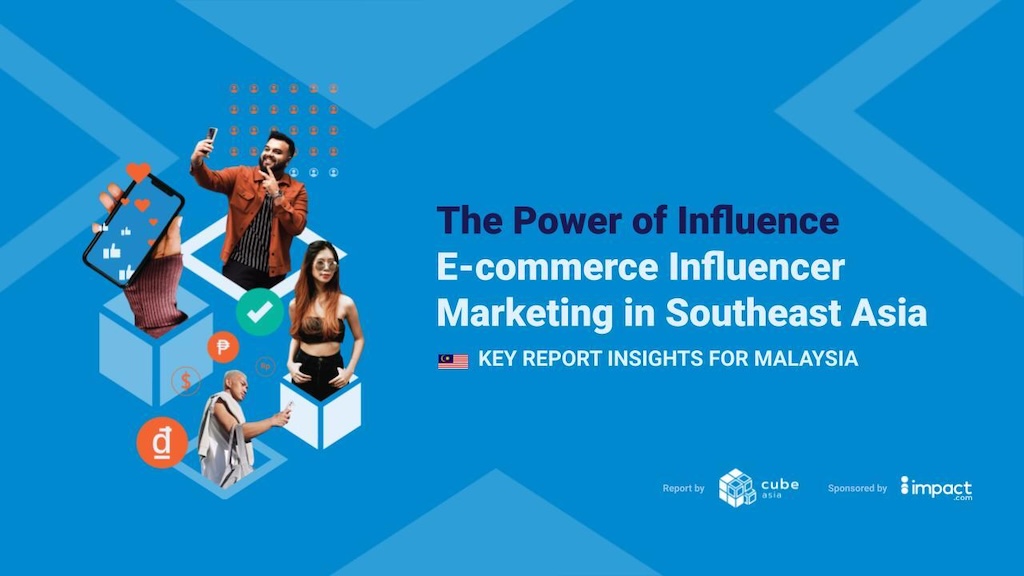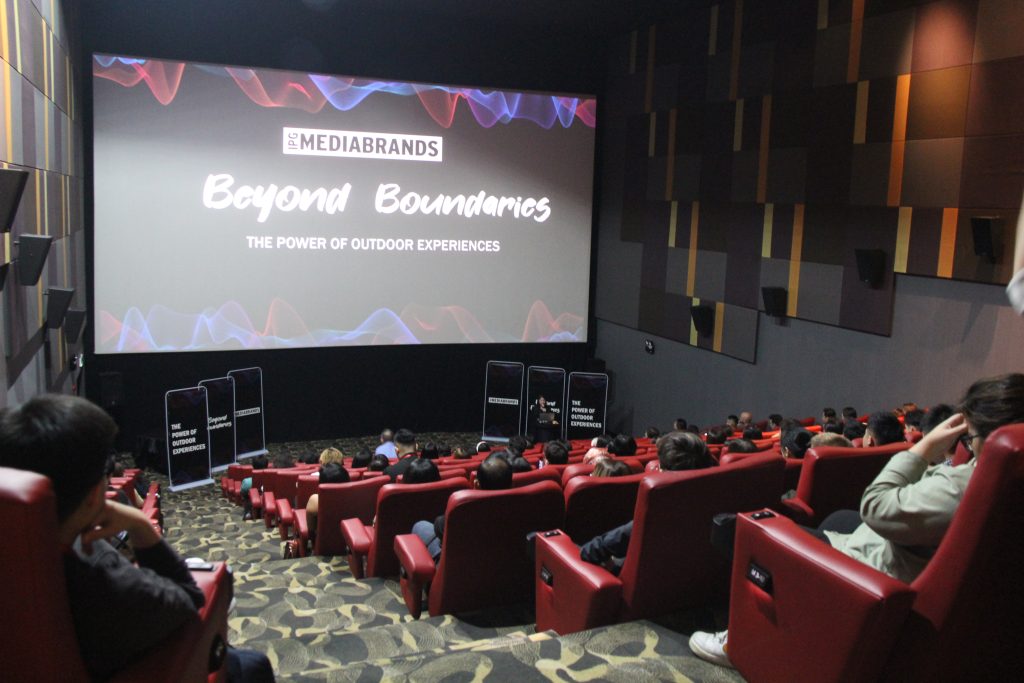
What’s in store for the media landscape in the coming years? Users will remain in the driver’s seat, as the web matures and focused communities expand their formidable presence.
These communities are driving loyalty, which matters more than metrics of the past, like pageviews. In fact, loyal, interest-focused communities are driving innovation and value creation in ways we haven’t seen since the web first emerged as a viable platform in 1991, shares, Nadav Shoval, CEO & Co-Founder of Spot.IM.
After years of testing engagement techniques and revenue models, the media industry is seeking balance in attracting new users versus re-engaging existing ones. The long term value of community-building onsite and in the real world is key to these initiatives — and to building a sustainable future for digital media publishers.
Prominent trends shaping the next phase of evolution include a focus on the user, building a loyal community, broadening their reach, and building valuable content. What does “valuable” mean? It means more than pageviews, clickbait, and mere vanity numbers. Quality content still reigns supreme, giving community building real meaning now, as platforms have matured to embrace communities that contribute to their ecosystem, they have simultaneously built a base of loyal followers.
A data analysis by Ed Malthouse, Research Director of Medill’s Spiegel Research Center shows page views don’t matter — building a habit does. The study looked at churn vs stickiness and found, “Establishing expertise on subjects of deep interest to readers is a clear roadmap to generate reader revenue.”
This is evident in the rise of micro-influencers. There’s also increasing focus on finding and creating innovative streams of revenue, which now coincidentally align with building a platform that has stickiness. These trends will be significant agents of change in digital media going forward.
Trend 1: The User Is King
The launch of the web ushered in an era of unprecedented user engagement. That was nearly three decades ago. Now, upheaval in the media landscape has caused a rethinking of business models that were reliant on ad revenues built atop user-generated content.
While user-generated content will continue to grow, participation in online communities stems from positive interactions and valuable information being shared among cohorts, not just tastemakers and thought leaders.
After decades of bad experiences with pop-ups, autoplay videos suggested sign-ups and more, users chafe at gimmicks benefitting marketers. Instead, they want more value for their time — they’re looking for a clean, personal experience.
When we’re talking about online experiences, this includes authentic experiences that reflect a user’s values, and ways to interact in meaningful ways. It may be through social media, comments, or links.
A growing awareness of security, privacy, and toxicity are reshaping users’ expectations. Platforms aren’t just focusing on UX and content, but the tools to promote good interactions while deterring toxicity. The goal is to keep users coming back, staying engaged, and contributing in a positive manner.
Trend 2: Longer Visits, Repeat Visits
User loyalty is a critical factor in a media landscape dependent on quality content and an interactive community. With a vast amount of free content out there, digital media publishers are faced with the challenge of innovating their experiences in order to compete with the $0 price tag offered by not just competing publishers, but video games, live streamers, YouTube, TikTok, and more every day.
Longer visits relate to the “stickiness” of a website, and getting users to stick around has always been a challenge. Further, getting them to pay for the privilege can be problematic.
Still, there have been successes, like the Atlantic — which is known for high-quality writers and journalism. The “long tail” continues to indicate the more niche the content, the higher the engagement that goes with it.
Provide a stellar experience and offer information or entertainment users perceive as valuable and exclusive — and users will stay. Repeat visits strike at the very core of the community. Longer visits mean they’re investing their most precious resource: Their time. The goal of content creators is to engage users with a community that matters, and content that is interactive enough to keep them engaged over time.
Trend 3: Diversification
Publishers and consumers are turning their focus to the diversification of experiences. While quality content brings readers to the pages of digital media publications, a diversified content strategy brings them back. For example, Refinery29 produces a wide range of content but also produces a yearly pop-up exhibition called 29Rooms, which is a collaboration with creatives and the public to generate unique experiences that are shared across social media. This reinforces the core brand of Refinery29, which was built on fashion, and expands its reach. 29Rooms has grown to cities like Atlanta, Dallas, and Toronto as well as L.A. and New York.
Trend 4: Building Communities of Value
The Internet had communities long before the web made them easier to build and manage. Of course, building a community is no small task. Data from the Pew Research Center shows Facebook lost its dominance with teens several years ago, and they’ve been moving to YouTube, Snapchat, and Instagram instead. The online landscape with teens is obviously more nuanced, but the key takeaway is they’re gravitating towards interactions with smaller cohort groups.
What’s likely to happen next will be an increase in community engagement tools. The Times of London saw 19% growth in its digital subscriptions by providing a safe and productive environment for the community to grow and responding to the desires of that community.
This is done by implementing tools that can evaluate what the community wants, and deliver it. The Times used real data to see what people wanted and pivoting to deliver it.
Online communities will likely be a combination of humans (moderators, editors) and technology (commenting platforms, analytics) driving these initiatives. More importantly, they’ll be a rich tapestry of experiences that enrich both publishers and users.
Reddit’s venerable AMA has drawn new audience to the platform precisely because of the diversity of the participants. From science to writing to a presidential candidate, reddit’s AMA’s enlighten the audience as well as the host. It’s a win-win-win.
Yet, the AMA format on reddit is asynchronous, largely. The future is more vivid and live, with video streaming, live blogging, comments with meaningful moderation. Healthy conversations are the goal, ones with GIFs, emoji, and images — a richer palette than mere text.
Integrated solutions like Spot.IM incorporating moderation, live support, and platform-breadth enable media outlets to deliver a better experience. In fact, features like instant moderation and recirculation are becoming the baseline for user interaction. Better tools and richer content will drive more users to revisit and re-engage.
Trend 5: Creative and Innovative Revenue Streams
The bottom line is still profitability. That’s why media companies are focusing on the concept of creating long-lasting communities and looking to better engage users, rather than lure them in for a quick hit.
Perhaps the best case study is Buzzfeed, which seemed to profit handsomely from those “content lite” quizzes, listicles, and stories for a time.
Then, after a round of layoffs, CEO Jonah Peretti announced at SXSW that the company made USD$100 million from revenue sources that weren’t around just two years ago. That’s a far cry from the ad-based business most media entities launched with a generation ago.
To illustrate the point, Peretti discussed Tasty, the company’s food brand. Buzzfeed has built it as a platform for aspiring chefs, created branded physical products, and the Tasty Talent Program designed to lure in tomorrow’s top chefs.
By shifting their focus from creating a niche community to interacting and learning from one another, Buzzfeed was able to enhance the overall user experience and establish authority in a crowded market (food). In order to capture more profits, media outlets may lean into this ‘ecosystem building’ to keep audiences within their virtual empires.
Physical products, talent acquisition, and community-building all have places where profits can be found as media entities realize mere eyeballs aren’t enough and ad revenues fall. Adding product and adding talent can build stronger communities with more brand affinity over time. This educated content development grows the talent and the community.
We’re long past the snackable content days of driving pageviews in hopes of achieving a viral post that yields clicks on ads. That model remains, but it’s no longer seen as the main — or only — path to profitability.
The most interesting space is now potential users who start as casual users and keep returning for the value they’re getting. This longer view of user loyalty in the face of a continuing fragmentation of the social media landscape, plus evolving methods of monetization, will drive future innovations and initiatives.



Did you find this useful?
Yes No SUBMIT ANSWER
MARKETING Magazine is not responsible for the content of external sites.









